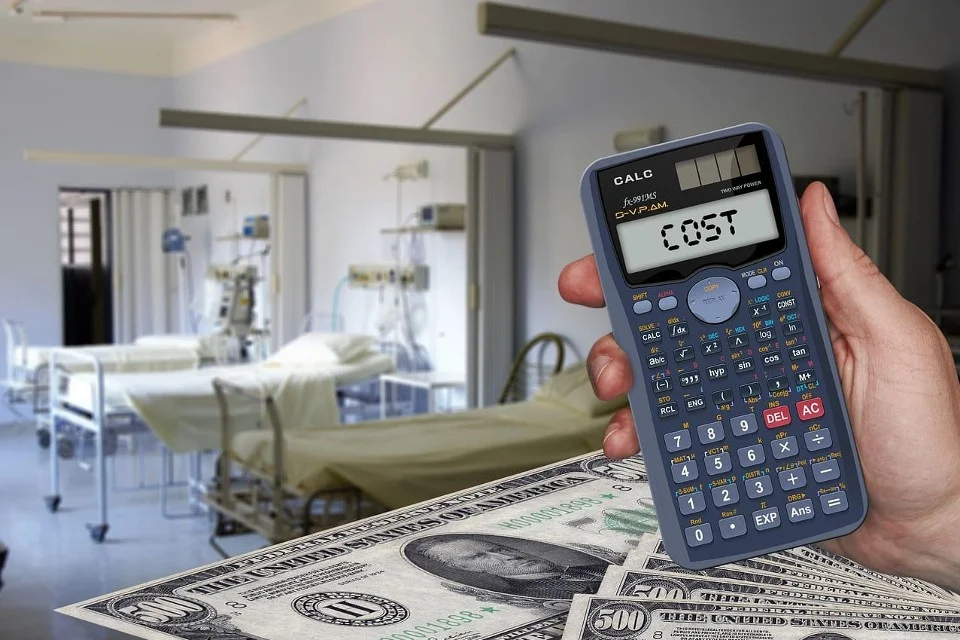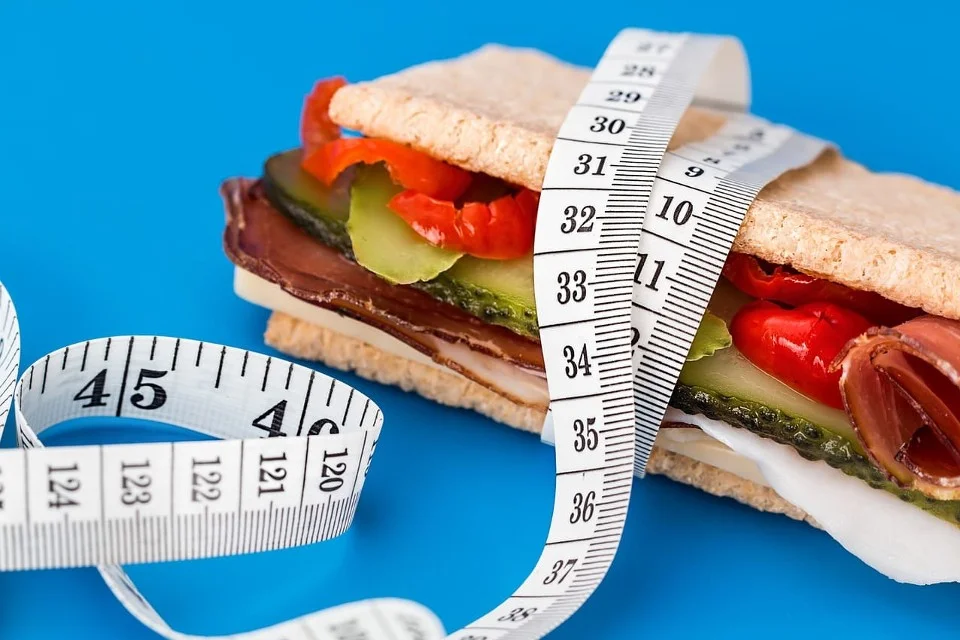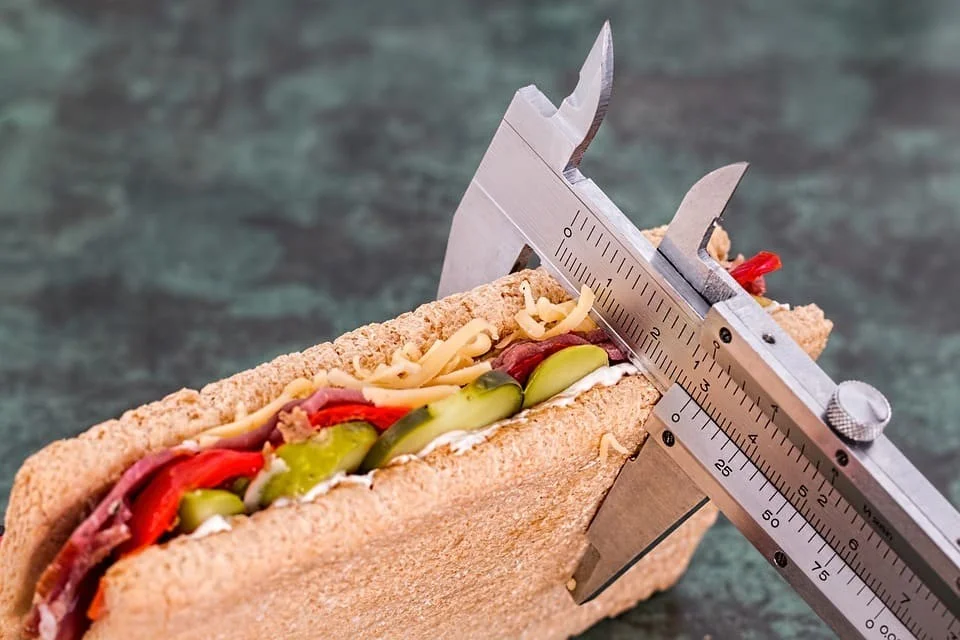How to Use Figure Out Target Heart Rate
FEATURES
Decoding Fitness: How to Figure Out Your Target Heart Rate
Introduction
It takes more than just working up a sweat to start a fitness journey; it takes a sophisticated understanding of how your body reacts to exercise. Determining your target heart rate is a key component in making the most of your workouts. We will discuss the importance of target heart rate, how to calculate it, and why it important for reaching your fitness objectives in this post.
Knowing Your Target Heart Rate
What is the heart rate target?
The optimal range of beats per minute (bpm) that your heart should attain during exercise in order to maximize cardiovascular benefits is known as your target heart rate. It's a customized metric that accounts for your age, degree of fitness, and fitness objectives.
Why Is It Important?
By exercising within your goal heart rate range, you can increase your endurance, stamina, and general heart health by making sure your cardiovascular system is suitably challenged. Knowing and keeping an eye on your target heart rate is essential whether your objective is to lose weight, increase cardiovascular endurance, or improve fitness.
Calculating Your Target Heart Rate
Find Out Your Maximum Heart Rate (MHR):
The MHR is a measurement of the highest possible beats your heart can make in a minute. The formula 220 minus your age is frequently used for this. Although this is a basic guideline, there can be individual differences.
Determine Your Target Heart Rate Zone:
To maximize the advantages of exercise, the American Heart Association advises staying within certain percentages of your MHR. Aim for 50–70% of your maximum heart rate (MHR) during moderate-intensity activity and 70–85% during vigorous-intensity exercise.
Adapt for Fitness Level:
As your fitness increases, progressively increase from the lower end of your desired heart rate zone if you're a novice. toward harder training, seasoned athletes may aim toward the higher end.
Finding Out Your Heart Rate While Exercising
Use a Heart Rate Monitor:
Thanks to advancements in technology, monitoring your heart rate while working out is now easier. Fitness trackers, smartwatches, and wearable heart rate monitors can all provide real-time data, which is accurate and convenient.
Manual Pulse Check:
Another option is to do a manual pulse check. To find your beats per minute, place your index and middle fingers on the carotid artery (the side of your neck) or the radial artery (your wrist). Count the beats for 15 seconds, then multiply the result by 4.
Customizing Your Exercise
Cardiovascular Endurance vs. Fat Burning:
Various heart rate zones focus on different training objectives. You may concentrate on the lower end of your desired heart rate zone if burning fat is your goal. Strive toward the higher end if you want to increase your heart endurance.
Interval Training:
It can be quite beneficial to adjust the intensity of your exercise while staying within your goal heart rate range. Short bursts of intensive exercise are alternated with rest or lower-intensity activity during high-intensity interval training, or HIIT.
Speak with an Expert
Speak with a fitness expert or healthcare provider before making major changes to your training regimen or setting high heart rate targets, particularly if you have any underlying medical concerns.
Conclusion:
Determining your ideal heart rate is essential to customizing your training experience. It turns exercise from a general activity into a customized program that fits your goals for fitness. You give yourself the power to make decisions that lead to a fitter, healthier, and more energetic version of yourself as you learn to understand your heart rate and how it relates to your workouts. Put on your sneakers, keep an eye on your heart rate, and march boldly toward your fitness objectives.
TOOLS
Figure Out Target Heart Rate
FAQ
The highest rate is determined by deducting your age from 220. Therefore, the maximum heart rate for a 50-year-old is 220 minus 50, or 170 beats per minute. Your goal at a 50% effort level would be to reach 50% of that maximum, or 85 beats per minute.
50 to 85 percent of your maximum heart rate is your goal heart rate. It refers to the range of heart rate between moderate and vigorous. Subtract your age from 220 to find your maximal heart rate. This rate of exercise increases cardiorespiratory endurance.
A heart rate that is slower than usual—below 60 beats per minute (bpm)—is referred to as bradycardia. A heart rate between 40 and 60 beats per minute may be typical while you're asleep, a young, healthy adult, or really fit. You may experience weariness, dizziness, shortness of breath, faintness, or chest pain if you have bradycardia.
For intense activity, your goal heart rate range is 148 to 162 beats per minute, rounded to the nearest whole number.
Your age determines your maximal heart rate. Your maximal heart rate can be found by deducting your age from 220. Assume you are 35 years old and that 185 beats per minute is your maximal heart rate. When you exercise, it puts you in danger if your heart rate rises above 185 beats per minute.
(180 bpm divided by 40) Your heart rate should stay between 90 to 126 beats per minute when engaging in moderate physical activity. 180 x 0.50 and 180 x 0.70, respectively, equal 90 and 126 bpm. Your target heart rate range for more intense activity is 126–153 beats per minute.
Edward R. Laskowski, M.D. responded. Adults typically have a resting heart rate between 60 and 100 beats per minute.
If, in addition to having shortness of breath, your heart rate is regularly above 100 beats per minute or below 60 beats per minute (and you are not an athlete), you should see a doctor. episodes of fainting. dizziness or lightheadedness.
Reviews
Ratings Summary:
Average Rating: 4.8
Rating Count: 12456
Existing Reviews
John Doe
Rating: 4
Great product, highly recommended!
Jane Smith
Rating: 5
Amazing service, will definitely come back.
Essential Heart Rate Goal Advice
Thank you for using our services
If you could share our website with your friends, that would be a great help









